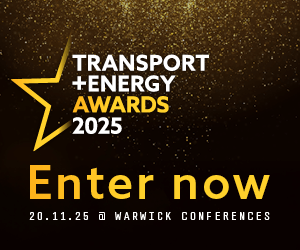Despite the increasing take-up of electric vehicles (EVs), families are still reluctant to rely on them for longer journeys, according to new research by leasing firm Zenith.
The firm’s second EVXperience Report (EVX2) revealed that more than half (51%) of EV drivers said they had a second ICE vehicle and the vast majority (73%) have no plans to get rid of these and go fully electric any time soon.
The findings suggest the “two-car family” could be holding back the EV transition.
The survey, which polled nearly 2,800 of Zenith’s EV customers, found 50% of EV drivers mainly use their electric vehicles for short trips of up to 30 miles, Only 8% use them for longer trips of more than 60 miles.
Just over a quarter (26%) said they were not confident doing longer trips, with a third claiming it was due to unreliable public charging or range anxiety.
The research also found that electric SUVs are some of the most commonly owned EV models. It also revealed that,while Tesla remains the preferred brand, there has been a decline in the number of drivers choosing the manufacturer.
Tim Buchan, CEO, Zenith, said: “Since our first EVX report in February 2023, we’ve seen a five-year delay to the 2030 deadline, motorway ultra-rapid charging targets being missed, and increased misinformation about the EV driving experience. It’s not surprising that the latest intake of EV drivers are coming to the EV world with less confidence than the first generation of adoptees.
“It’s clear from our research that there’s still anxiety about travelling longer distances, so while it’s great to see so many drivers starting their EV journey with larger SUV models, typically ‘family’ cars, there remains a reluctance to becoming a fully electric household.
“We know EVs are the future of mobility, so we hope more work is done on providing certainty, starting with the government confirming its commitment to net zero with measures that support drivers to make the transition, and additional investment in our charging infrastructure, so it has a chance to catch up with consumer needs.”















